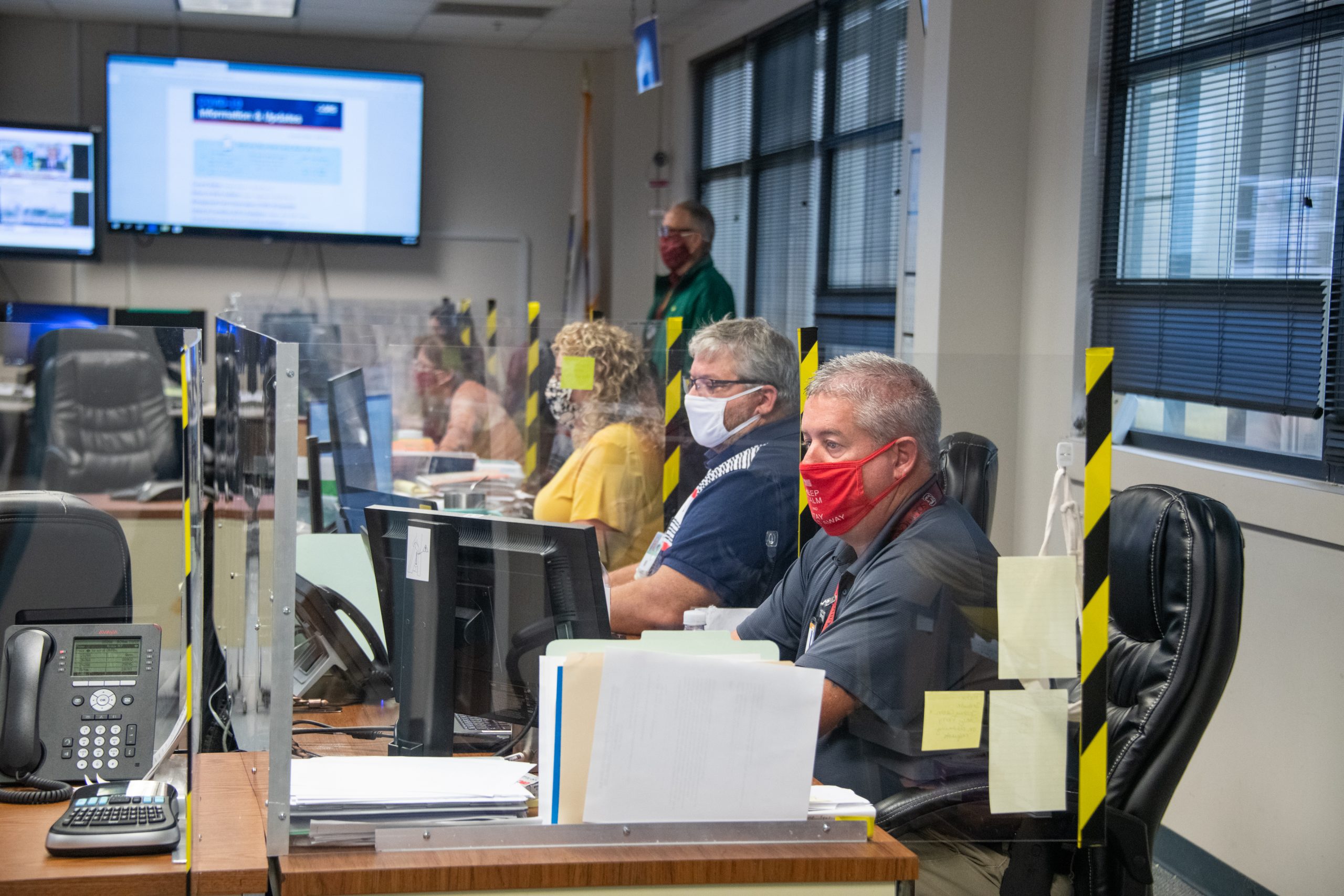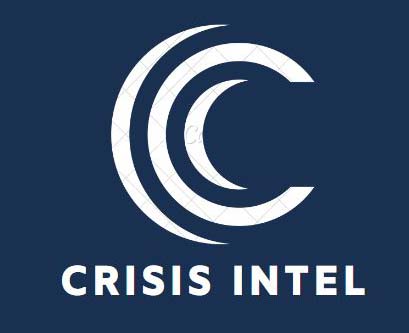Testing and Exercising
Business Continuity Plans
Importance of Testing:
Highlighting the significance of regularly testing and exercising business continuity plans to ensure their effectiveness and improve preparedness:
- Identify Plan Gaps: Discussing how testing helps identify gaps, weaknesses, or missing components in the business continuity plans that may not be apparent during the planning phase.
- Validate Assumptions: Emphasizing the importance of validating assumptions made during plan development to ensure they align with the actual operational environment and potential scenarios.
- Enhance Preparedness: Exploring how testing helps organizations improve their preparedness by identifying areas for improvement, adjusting response strategies, and enhancing coordination among teams.


Types of Tests and Exercises:
Discussing various types of tests and exercises that organizations can use to assess the effectiveness of their business continuity plans:
- Tabletop Exercises: Exploring scenario-based discussions and simulations conducted in a relaxed and interactive setting to evaluate the plan’s response strategies, roles, and responsibilities.
- Functional Exercises: Highlighting the implementation of specific response actions, such as activating communication systems, mobilizing teams, and practicing coordination among different departments.
- Full-Scale Simulations: Discussing comprehensive simulations that involve real-time response actions, coordination with external stakeholders, and integration of multiple business functions.
Lessons Learned and Plan Enhancements:
Emphasizing the importance of capturing lessons learned from testing and exercises and incorporating them into plan enhancements:
- Evaluation and Analysis: Discussing the process of evaluating and analyzing the outcomes, strengths, weaknesses, and areas for improvement identified during testing and exercises.
- Continuous Improvement: Highlighting the need for organizations to continually improve their business continuity plans by integrating lessons learned, updating response strategies, and implementing corrective actions.
- Documentation and Communication: Exploring the importance of documenting the lessons learned and sharing the findings with relevant stakeholders to facilitate knowledge transfer and drive organizational improvements.

